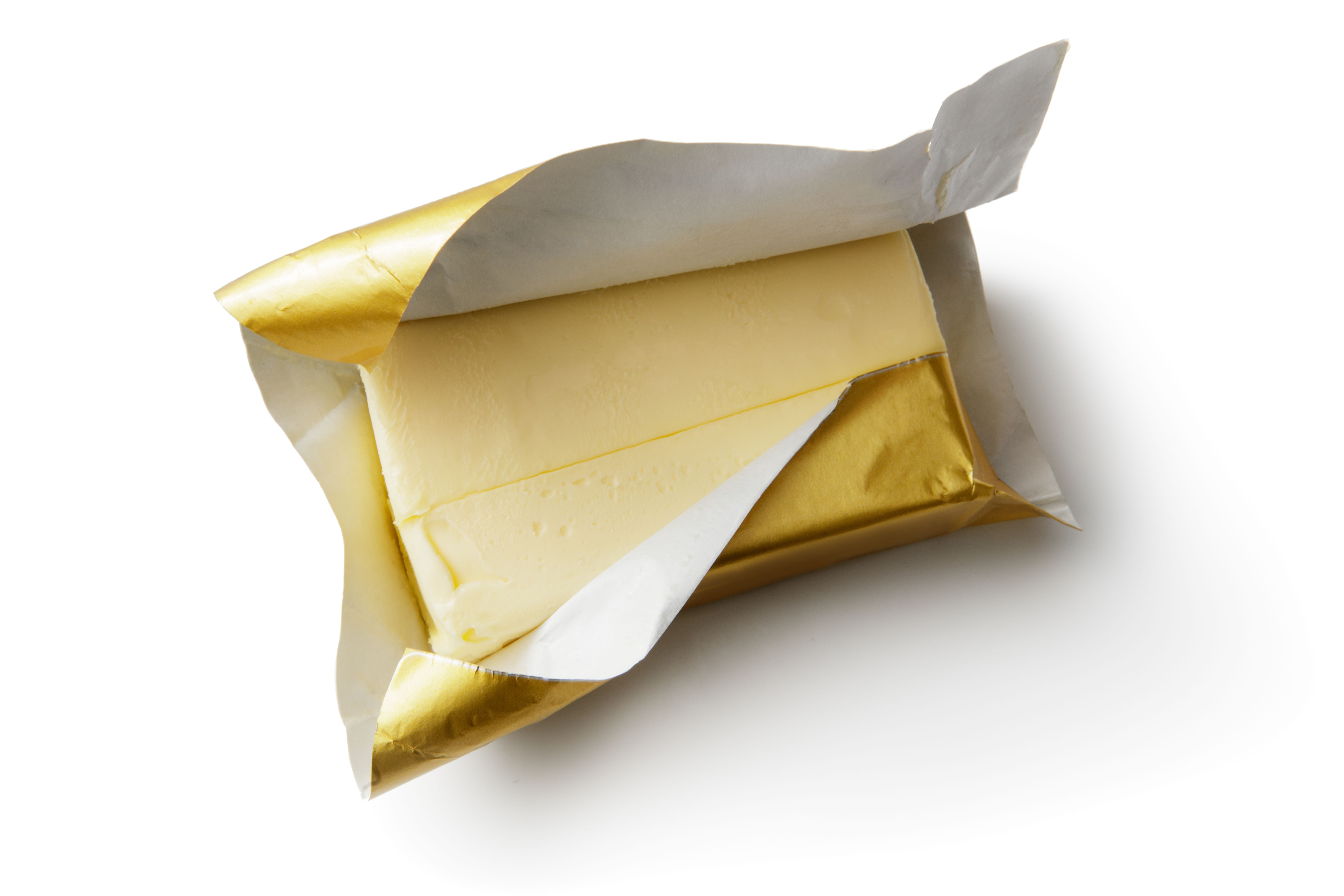The Essential Guide to Food Wraps: Plastic vs. Aluminum Foil
Understanding Food Wraps
In today's kitchens, food wraps play a crucial role in preserving freshness and preventing spoilage. Two of the most common types of wraps are plastic wrap and aluminum foil. Each has its own set of advantages and use cases, making it essential to understand their differences and benefits.
Plastic Wrap: Flexibility and Cling
Plastic wrap, also known as cling film, is a thin plastic film that clings to itself and other surfaces. It's prized for its ability to create a tight seal, making it ideal for covering bowls and plates. Plastic wrap is particularly useful for storing foods that need a moisture barrier and can help keep odors locked inside.
When using plastic wrap, it's important to be mindful of its environmental impact. Many plastic wraps are made from materials that are not biodegradable. However, some brands offer eco-friendly alternatives made from biodegradable materials or those that are safer for recycling.
Aluminum Foil: Durability and Heat Resistance
Aluminum foil is a versatile kitchen staple known for its durability and heat resistance. Unlike plastic wrap, aluminum foil can withstand high temperatures, making it suitable for cooking, grilling, and baking. It's perfect for wrapping foods that need to be heated or cooked, such as baked potatoes or roasted vegetables.

Additionally, aluminum foil provides excellent protection against light and oxygen, which can help extend the shelf life of certain foods. However, it's not as effective as plastic wrap when it comes to sealing in moisture.
Comparing Costs and Convenience
When it comes to cost, both plastic wrap and aluminum foil are relatively inexpensive. However, the convenience of use can vary. Plastic wrap can sometimes be tricky to manage due to its tendency to stick to itself, while aluminum foil is easier to handle but may require more effort to create a tight seal.
- Plastic Wrap: More flexible and clings well to most surfaces.
- Aluminum Foil: Sturdier and better for high-temperature applications.
Environmental Considerations
Both plastic wrap and aluminum foil have environmental impacts that consumers should consider. Plastic wrap contributes to plastic waste, which is a significant issue for landfills and oceans. On the other hand, while aluminum foil can be recycled, its production process is energy-intensive.

As consumers become more environmentally conscious, many are turning to reusable alternatives such as beeswax wraps or silicone lids. These options offer a sustainable way to store food without the environmental drawbacks of disposable wraps.
Conclusion: Choosing the Right Wrap
The choice between plastic wrap and aluminum foil largely depends on the specific needs of your kitchen tasks. For moisture-sensitive foods or items needing a tight seal, plastic wrap is ideal. For cooking or when durability is required, aluminum foil is the better option.
By understanding the strengths and limitations of each type of food wrap, you can make informed decisions that benefit both your culinary creations and the environment. Whether you opt for traditional wraps or explore sustainable alternatives, being aware of your choices is the first step towards responsible kitchen management.
Commercial Kitchen Marketplace
Your one-stop online destination for equipping professional kitchens. Discover a wide selection of durable, high-quality commercial-grade appliances, from heavy-duty ovens and refrigeration units to efficient food preparation tools and essential kitchenware. Visit our store: http://avice.org
